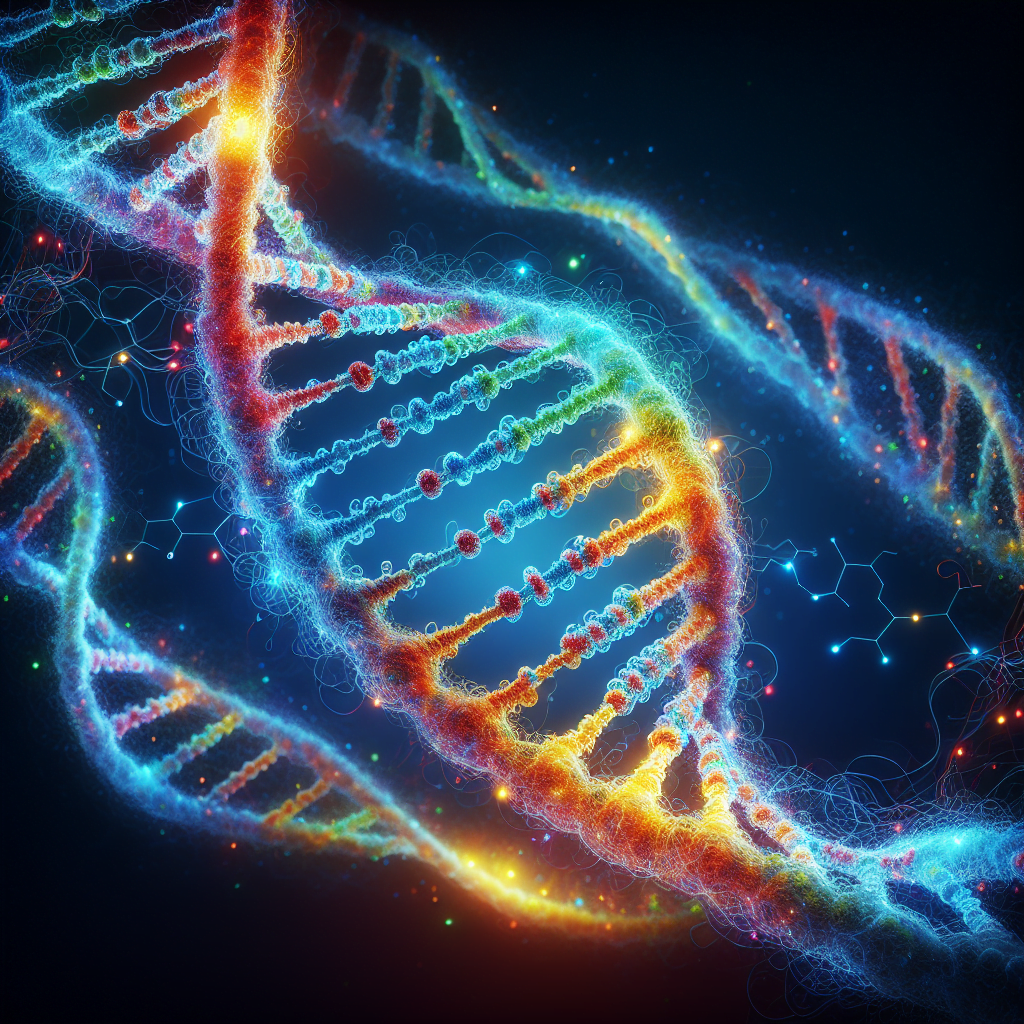What Is Mutation?
DNA, or deoxyribonucleic acid, is the hereditary material in virtually all organisms. Changes in DNA sequences, known as DNA mutations, are critical for evolution as they generate variation and differences between individuals. Without mutation, everything would stay constant, generation after generation.
DNA and Its Composition
Virtually all cells in an individual’s body have the same DNA, which is primarily located in the cell nucleus. The information in DNA is stored as a code made up of four chemical bases:
- Adenine (A)
- Guanine (G)
- Cytosine (C)
- Thymine (T)
The order, or sequence, of these bases determines the information available for building and maintaining an organism, similar to the way letters appear in a certain order to form words and sentences.
How Mutations Occur
Mutations can happen as DNA copies itself when cells divide and the body develops. For instance, an A might be replaced by a G or a C by a T. This can cause mutated body cells, which are typically killed off in a healthy individual.

When Mutations Make a Difference
When mutated body cells cannot be killed off by the body and reproduce uncontrollably, it can lead to cancer. On the other hand, when mutations occur in the cells organisms pass down to their offspring, they can cause significant changes, like turning a light-colored mouse dark.
Mutation often implies something bad has happened. While it is true that most mutations are unfavorable for the offspring, there are also neutral or even favorable mutations. If a mutation positively affects an offspring’s fitness, it is called an adaptation. Thus, all mutations that affect the fitness of future generations are agents of evolution.

Source of Life
The first assumption of evolution by natural selection is that there is variation in the inheritable characteristics of individuals. Without such variation, nature would not have anything to select; under the same conditions, all individuals of a population would either thrive or die.
Mutations are essential to evolution; they are the raw material of genetic variation. Without mutation, evolution could not occur, and life as we know it could never emerge.
#Evolution #Genetics #DNA






